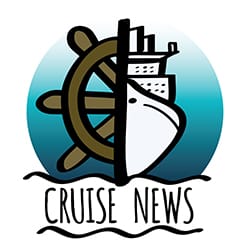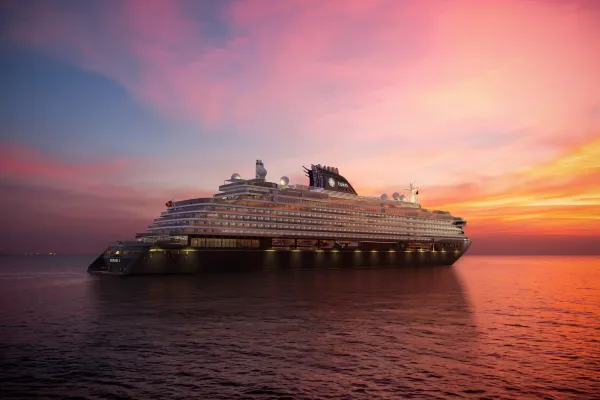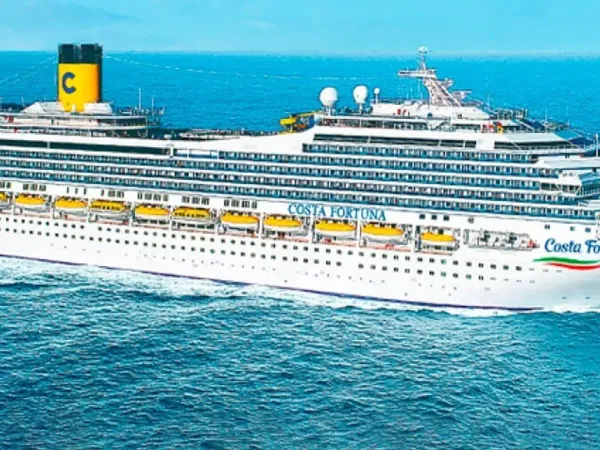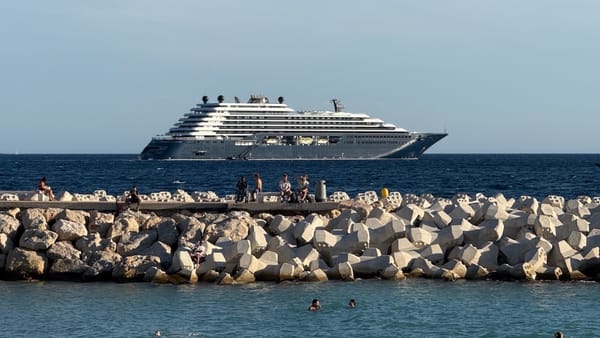False Man Overboard Alarm Briefly Disrupts Disney Wish Near Nassau
The false alarm aboard Disney Wish highlights both the sensitivity of modern overboard detection systems and the cruise line’s commitment to rapid, coordinated emergency response.
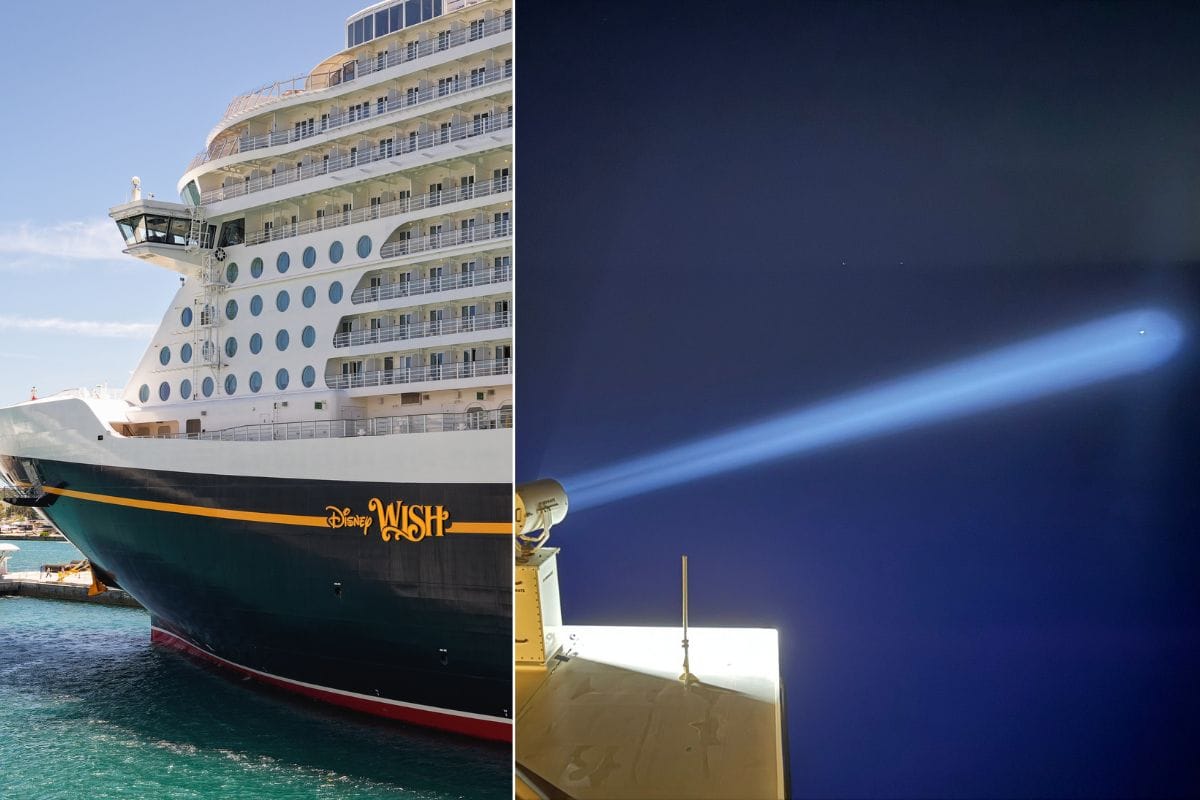
Disney Wish, one of Disney Cruise Line’s premier Wish-class vessels, experienced a false man overboard alarm on August 26, 2025. The incident occurred approximately 15 miles north of Nassau, Bahamas, at around 8 p.m. ship time. The scare briefly disrupted the ship's 4-night Bahamas itinerary, but after swift emergency protocols and thorough investigation, it was resolved without harm.
Alarm and Emergency Response
The man overboard alarm was triggered by the ship's automated detection system, which identified a large object falling into the water. Shortly after departing Nassau en route to Disney's private island, Castaway Cay, the ship turned around and came to a stop as emergency measures were immediately implemented. These included deploying life rings, launching rescue boats, and scanning the water with spotlights. Multiple passenger accounts corroborated reports of rescue efforts as guests observed the ship reversing its course and remaining stationary during the search.
Disney Wish's 1,555 crew members initiated critical protocols to prioritize safety, including halting the ship and conducting a muster station headcount to account for all passengers and crew. This gathering allowed for the collection of witness statements and ensured no individuals were unaccounted for as the search continued.
Confirmation of False Alarm
Later in the evening, the captain of Disney Wish informed guests that the man overboard alert had been falsely triggered. A large piece of debris found in the water was determined to have activated the ship’s detection system. All passengers and crew were verified as safe, and the search operations ceased accordingly. Rescue boats returned without incident, and evening onboard activities resumed.
Disney Cruise Line issued an apology to the guests for the disruption, offering $150 onboard credit to each stateroom as a goodwill gesture. The ship continued its planned itinerary and proceeded toward Castaway Cay without significant delay.
Itinerary Impact and Cruise Ship Safety Protocols
Disney Wish embarked on its journey from Port Canaveral on August 25 with stops scheduled at Nassau and Castaway Cay. Despite delays caused by the false alarm, the ship reached its next destination, Castaway Cay, on August 27. The private island is located approximately 60 nautical miles from Nassau, meaning the minor disruption had a negligible impact on the voyage’s schedule.
False man overboard alarms are not unprecedented in the cruise industry. Similar incidents aboard other Disney Cruise Line ships, such as the June 2025 incident on Disney Dream, have highlighted the reliability of advanced detection systems while also emphasizing that incorrect triggers can occur. Modern cruise ships rely on automated systems equipped with cameras and sensors to detect objects or persons entering the water, erring on the side of caution to prevent tragedies.
During a man overboard alarm, crews implement standardized safety protocols to aid search and rescue efforts. Actions include marking the ship’s last-known location, deploying life-saving equipment, launching rescue vessels, illuminating the area with spotlights, and conducting muster headcounts to account for all passengers and crew.
Stakeholder Reactions
Disney Cruise Line, via the ship’s captain, assured guests that all safety protocols were executed swiftly and effectively. “All passengers and crew were accounted for, and the man overboard alert was a false alarm likely caused by debris,” the captain said, expressing the cruise line's regret for the interruption and confirming its commitment to passenger safety.
The incident underscores the cruise industry's rigorous measures to ensure safety aboard large vessels carrying thousands of passengers and crew. While rare, false alarms demonstrate the delicate balance between proactive emergency responses and the refinement of technology to avoid similar occurrences in the future.
Frequently Asked Questions (FAQs)
What led to the man overboard scare on Disney Wish?
The alarm was triggered by the ship’s automated detection system after a large piece of debris fell into the water. The system mistook the debris for a person overboard, prompting a search-and-rescue effort.
How did Disney Cruise Line respond to the incident?
The crew deployed life rings, launched rescue boats, and conducted a mandatory muster drill to ensure all passengers and crew were accounted for. After confirming the alert was false, the cruise line extended a $150 onboard credit to staterooms as a goodwill gesture.
Was the itinerary affected by the false alarm?
The ship’s 4-night Bahamas voyage proceeded as planned, with minimal disruptions. Disney Wish resumed its course toward its next scheduled port of call, Castaway Cay, following the resolution of the false alarm.
How do cruise ships handle man overboard alerts?
Cruise ships utilize sensors and camera analytics to detect objects or people entering the water. Upon an alert, crews follow established protocols, including halting the ship, deploying rescue equipment, launching boats, scanning the area, and conducting muster headcounts.
Are false man overboard alarms common?
False alarms are uncommon but can occur due to objects or debris falling into the water. Cruise ships continue to refine detection systems to enhance accuracy while prioritizing passenger safety.
